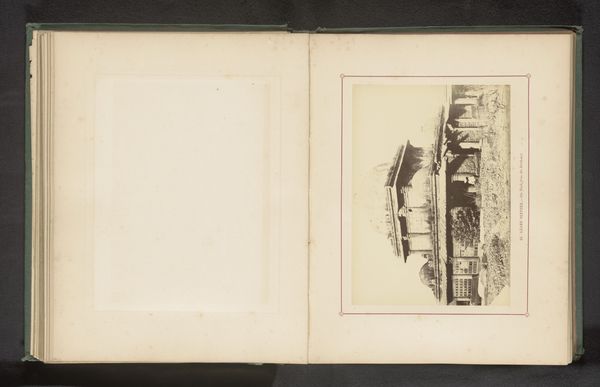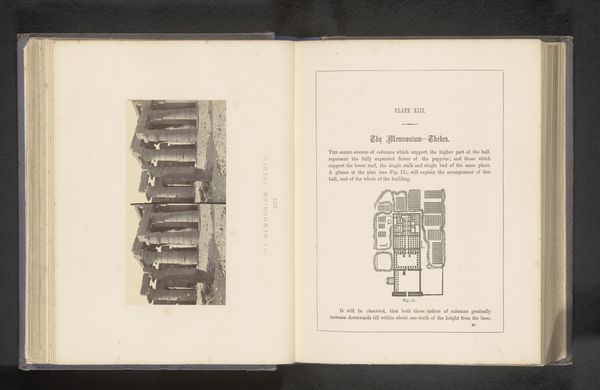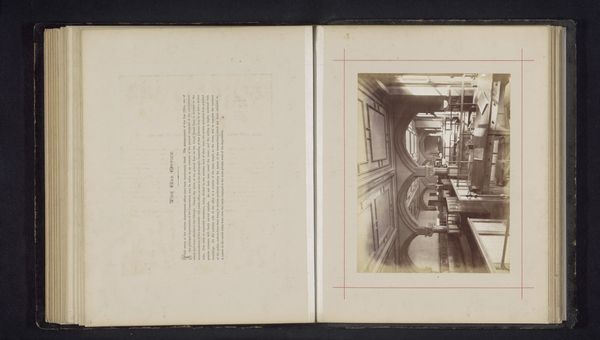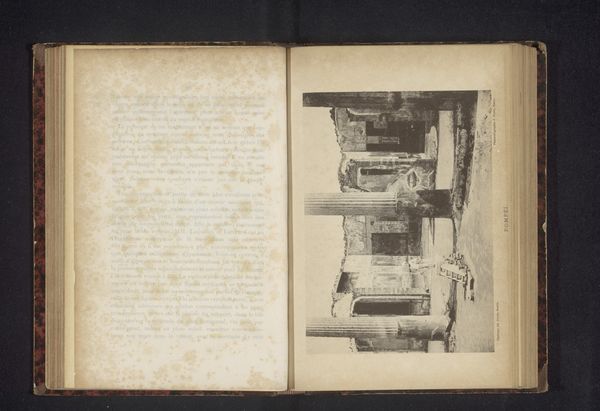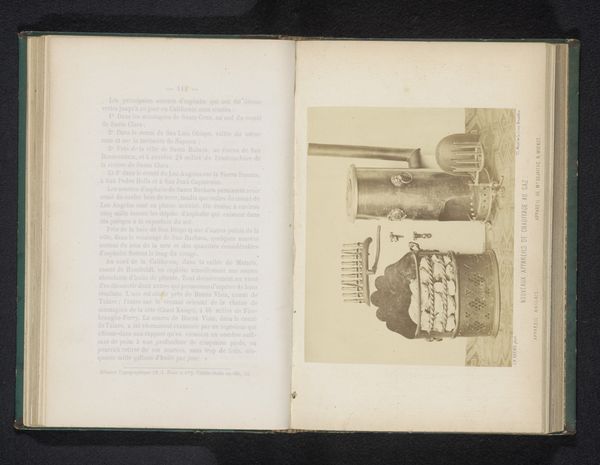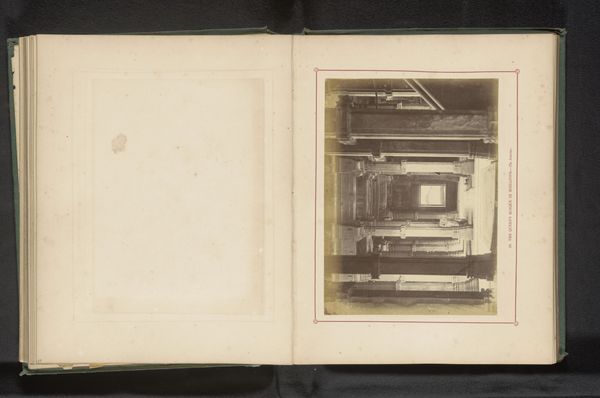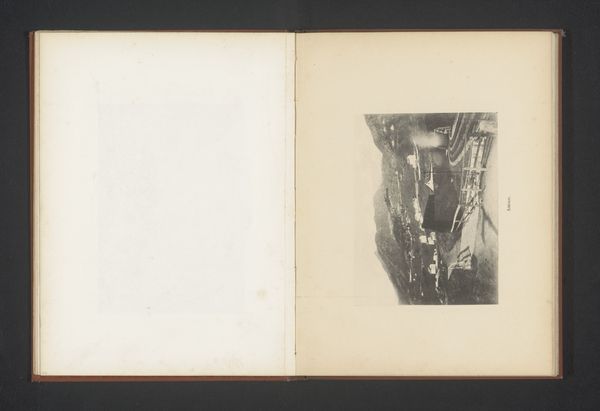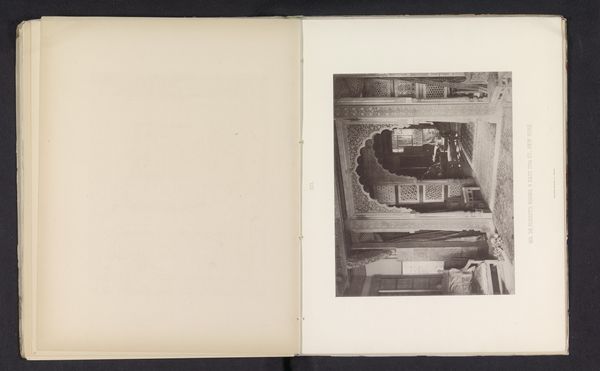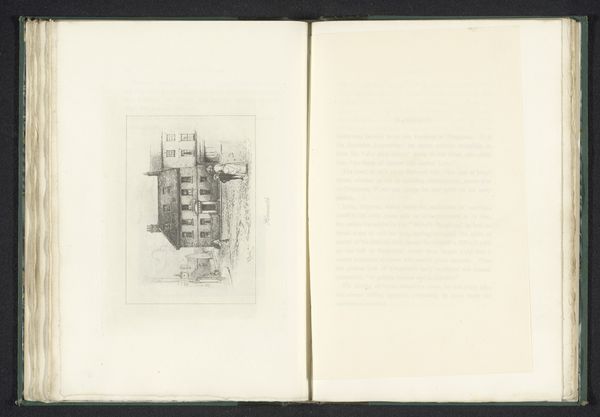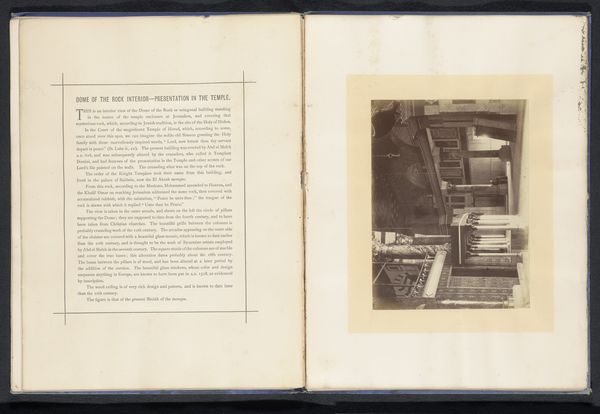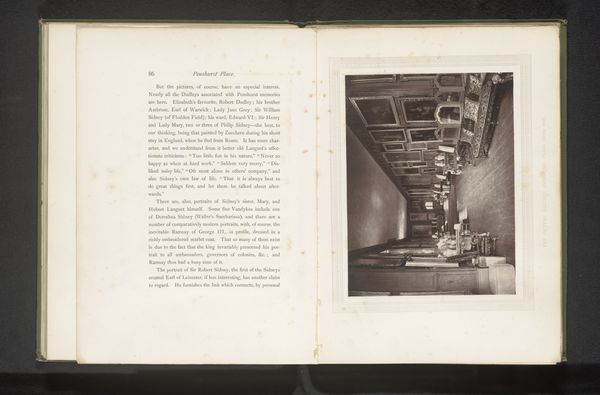
print, photography, collotype, albumen-print
# print
#
landscape
#
photography
#
romanesque
#
collotype
#
ancient-mediterranean
#
cityscape
#
watercolor
#
albumen-print
Dimensions: height 123 mm, width 164 mm
Copyright: Rijks Museum: Open Domain
Editor: This albumen print, titled "View of a Ruin in Pompeii," dates to before 1893 and is attributed to Ad. Peyrot. It’s actually displayed within a book, complete with facing text and diagrams of photographic equipment. The photo itself, of the ruins, strikes me as quite stark and imposing despite its small scale. What can you tell me about the way we interpret this image through the lens of its history? Curator: Indeed, placing the image within the context of late 19th-century Europe reveals interesting facets. Consider the surge of archaeological interest in Pompeii during this period. Photography, such as this albumen print, served to disseminate knowledge and fuel the public imagination about the rediscovered ancient world. How do you think this accessibility changed the perception of Roman history? Editor: I imagine that photographs like this democratized the experience, bringing Pompeii to people who couldn’t travel there physically, turning the ruins into objects of public fascination and even political symbol. It creates a sense of immediacy despite the vast historical distance. Curator: Exactly. Photography provided a tangible link to the past, contributing to a sense of national identity and cultural heritage among European powers, who actively sponsored excavations. These images also served as visual arguments for the grandeur and significance of Roman civilization. Did the "romanesque" trend benefit somehow from this wide array of material readily available? Editor: Certainly, It offered easy-to-reach and believable visuals. Something the romanesqu style could not ignore in their symbolic reinventions. It’s fascinating to see how this photograph functions both as an art object and a form of documentation, intertwined with cultural and political agendas. Curator: Precisely. This collotype opens a window not only onto the ancient ruins of Pompeii but also onto the complex ways that history, visual culture, and political power are always intertwined. It makes you reconsider how photography impacted culture. Editor: Absolutely. I'll never look at these old photographs the same way again. Thanks!
Comments
No comments
Be the first to comment and join the conversation on the ultimate creative platform.
